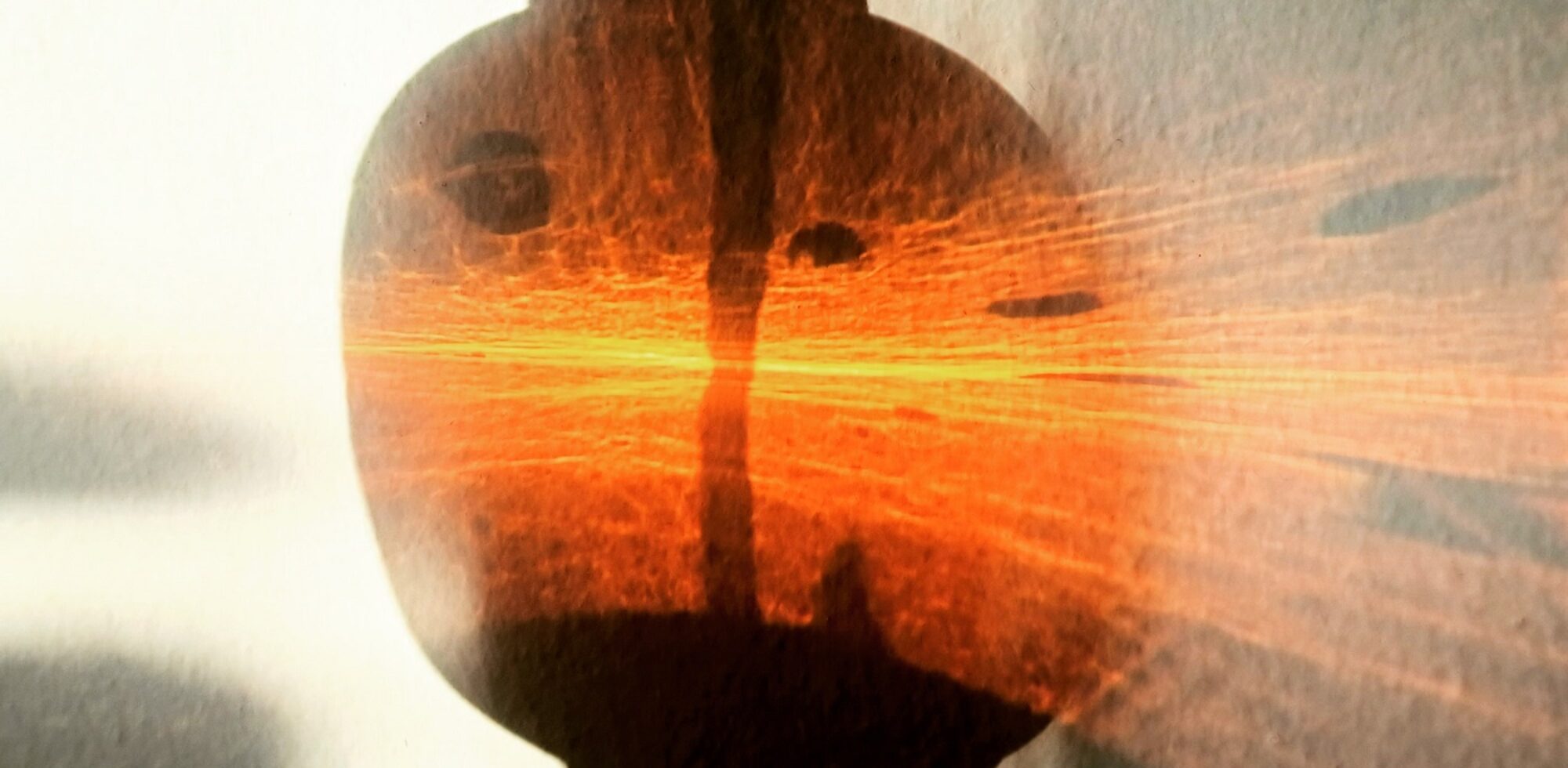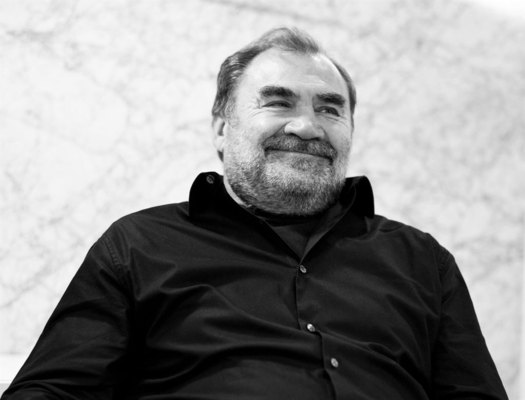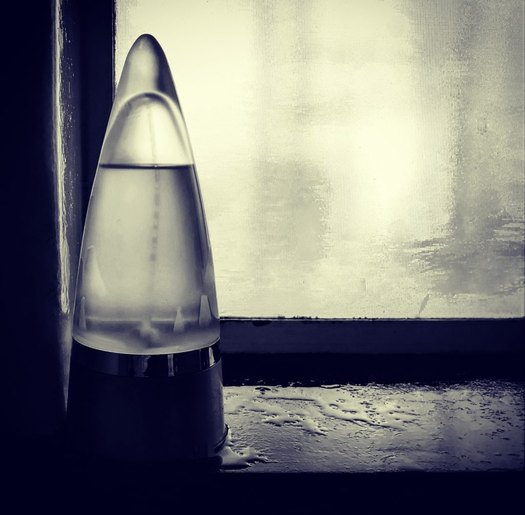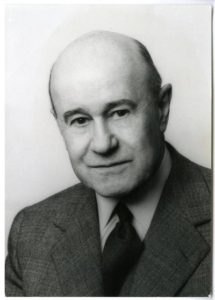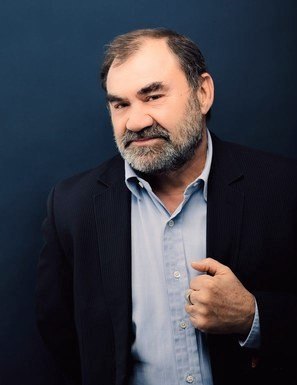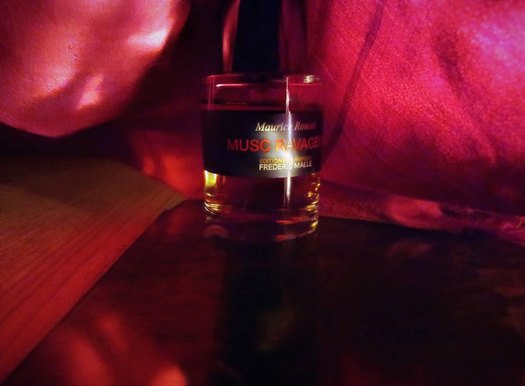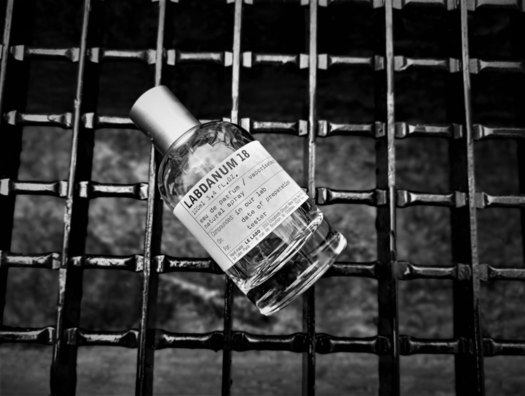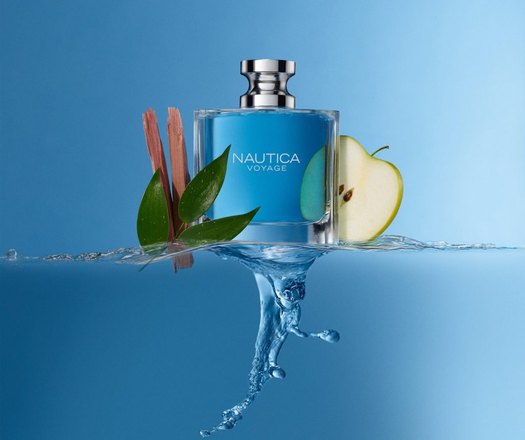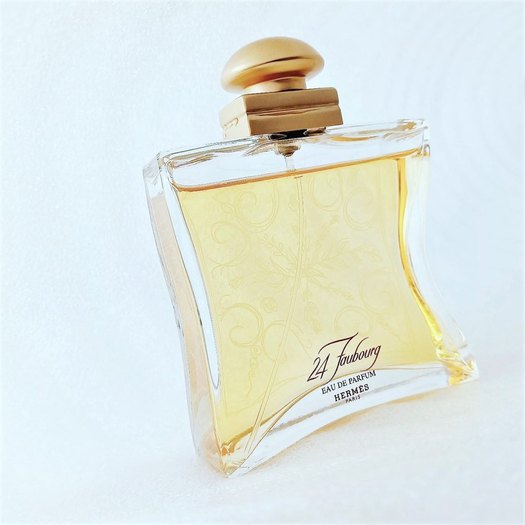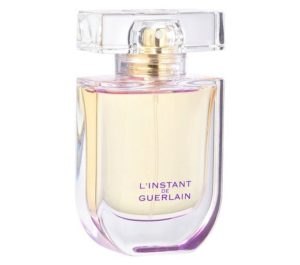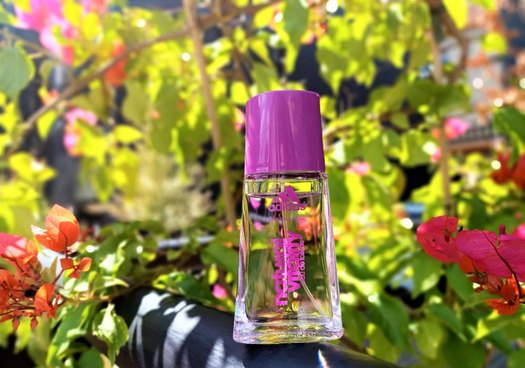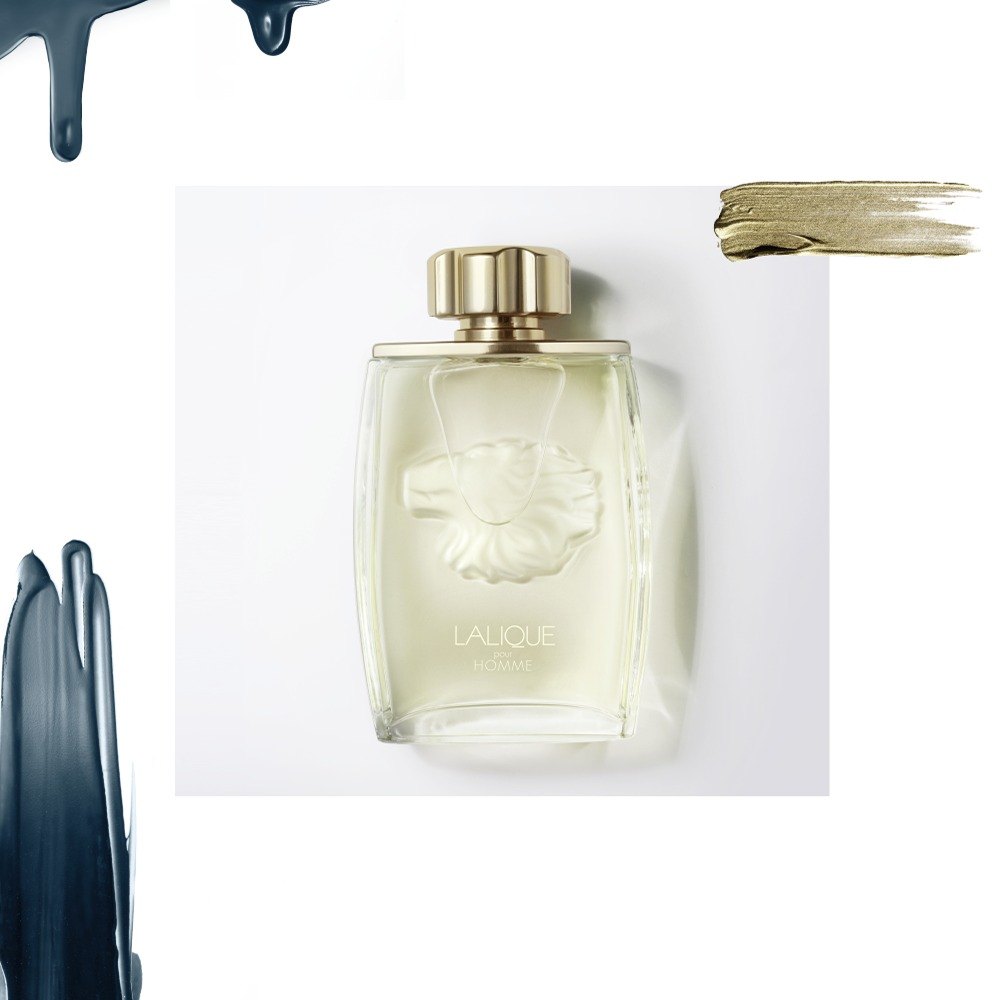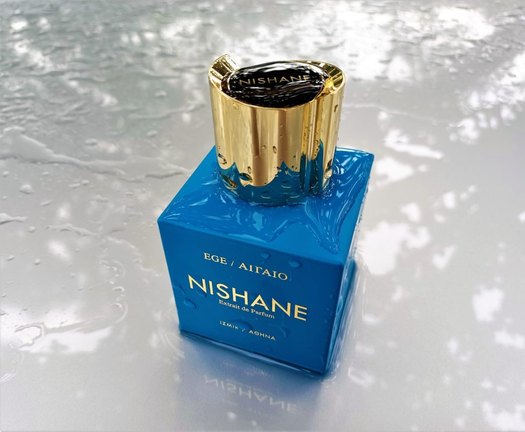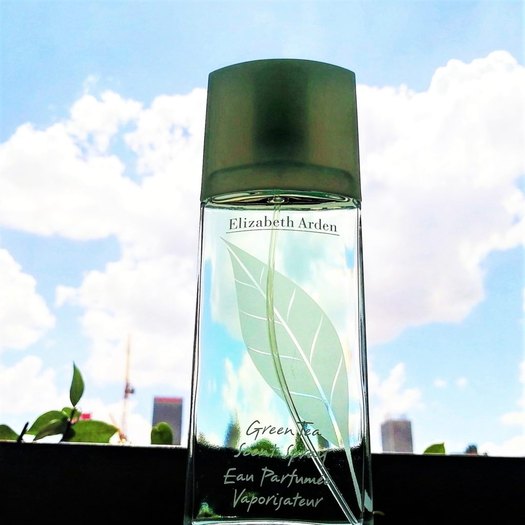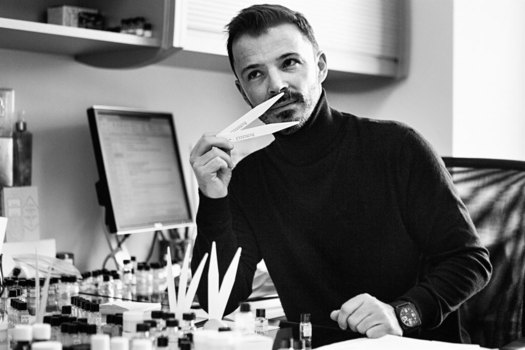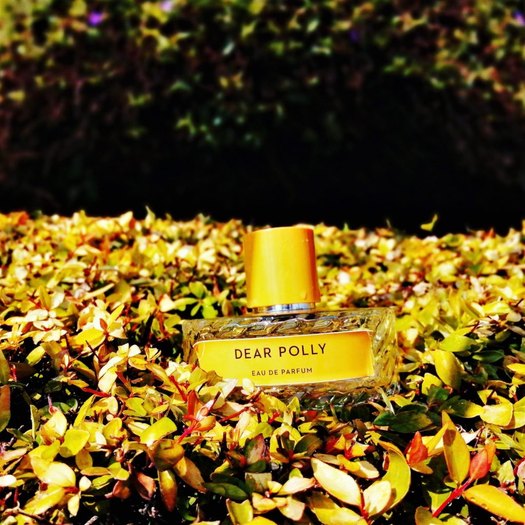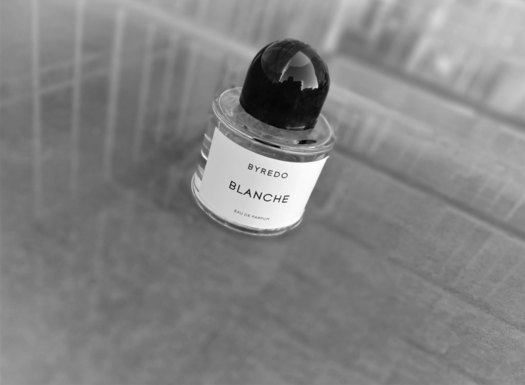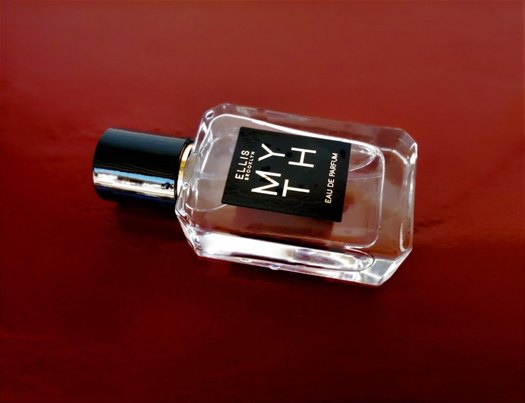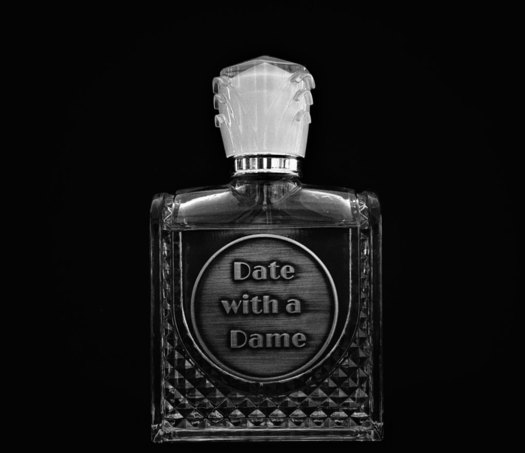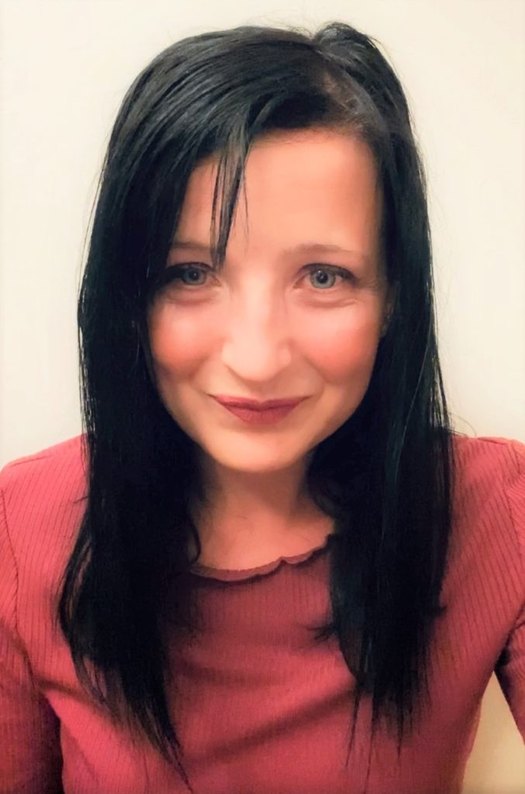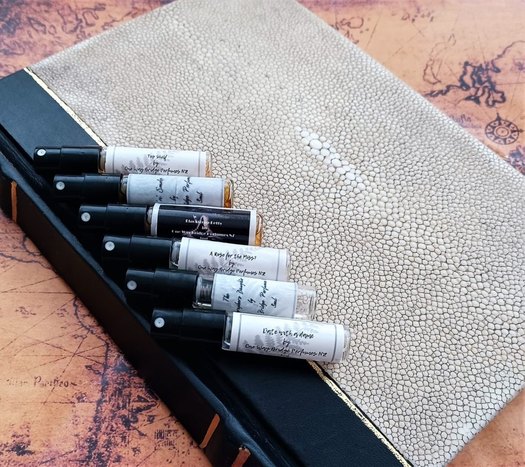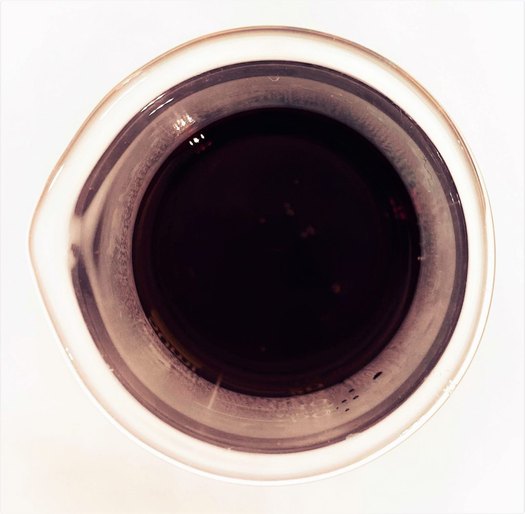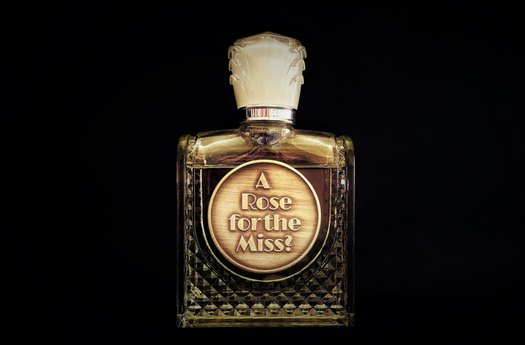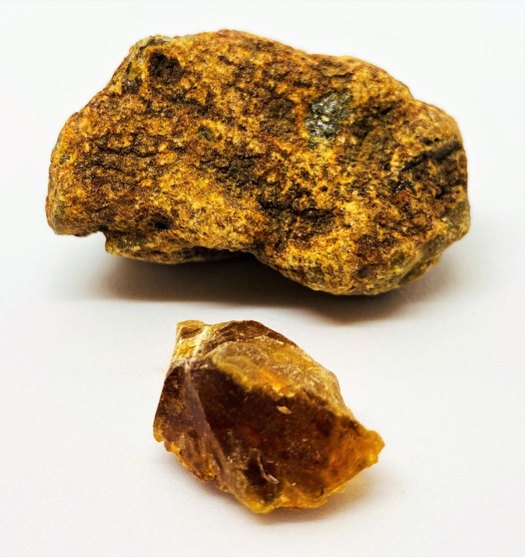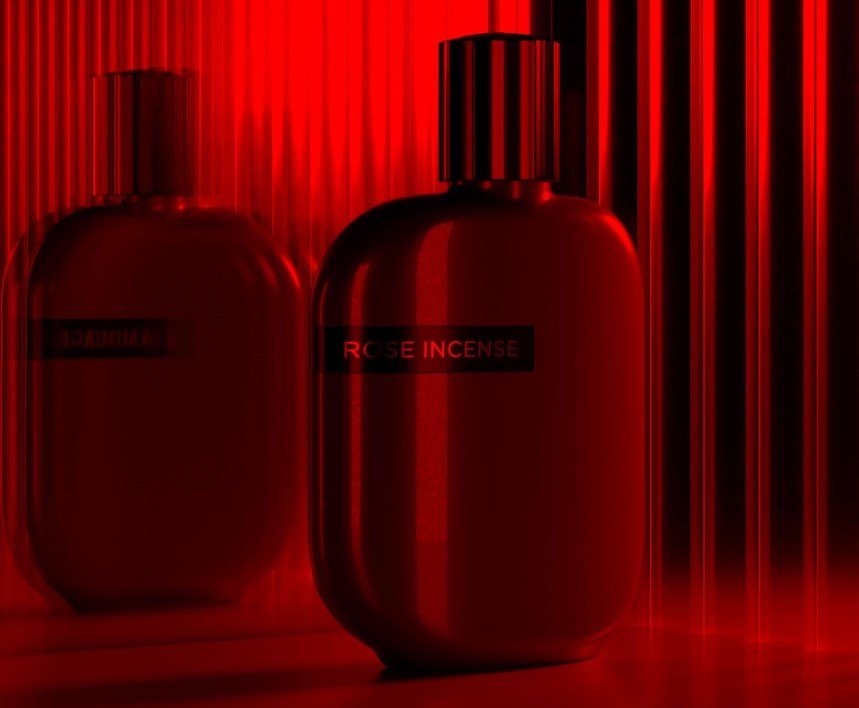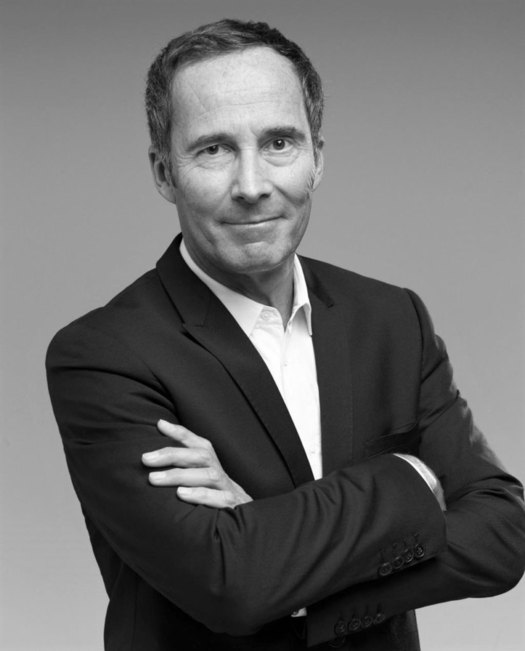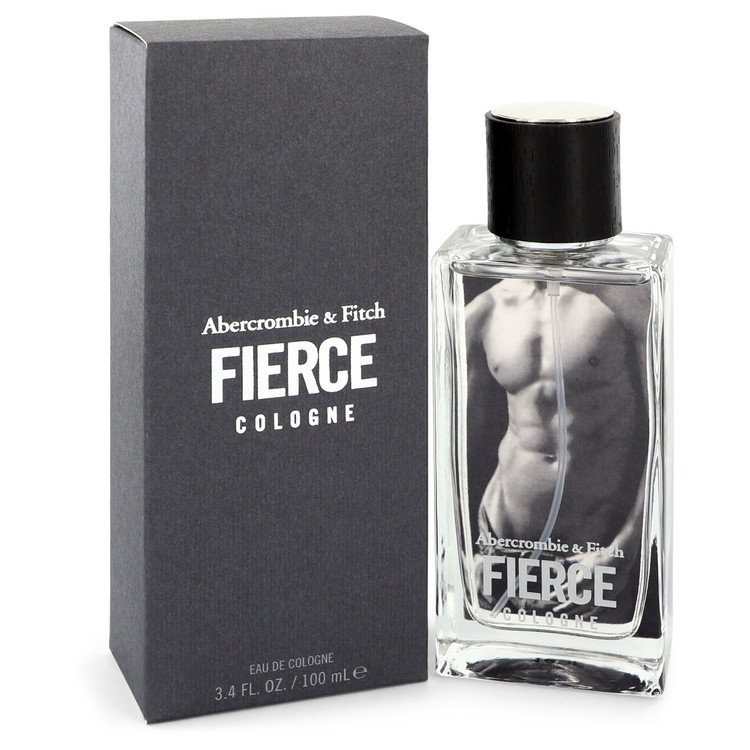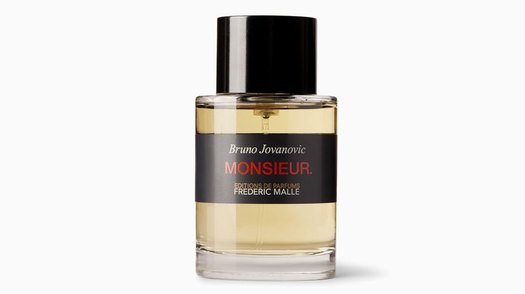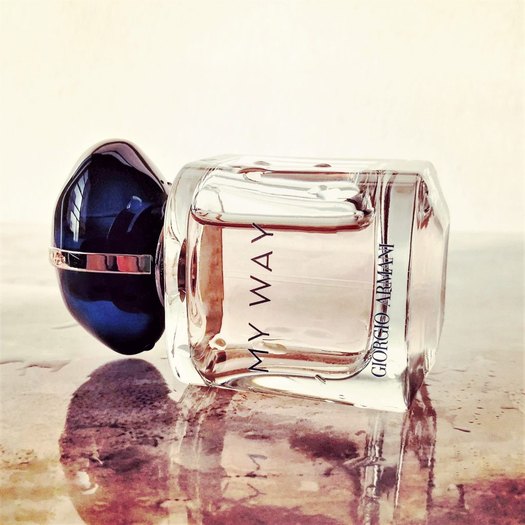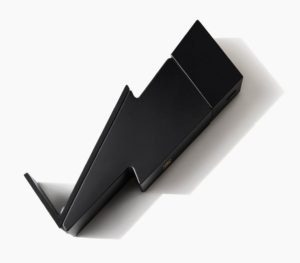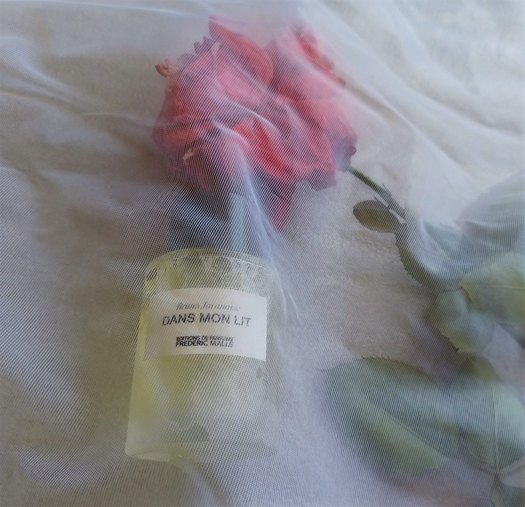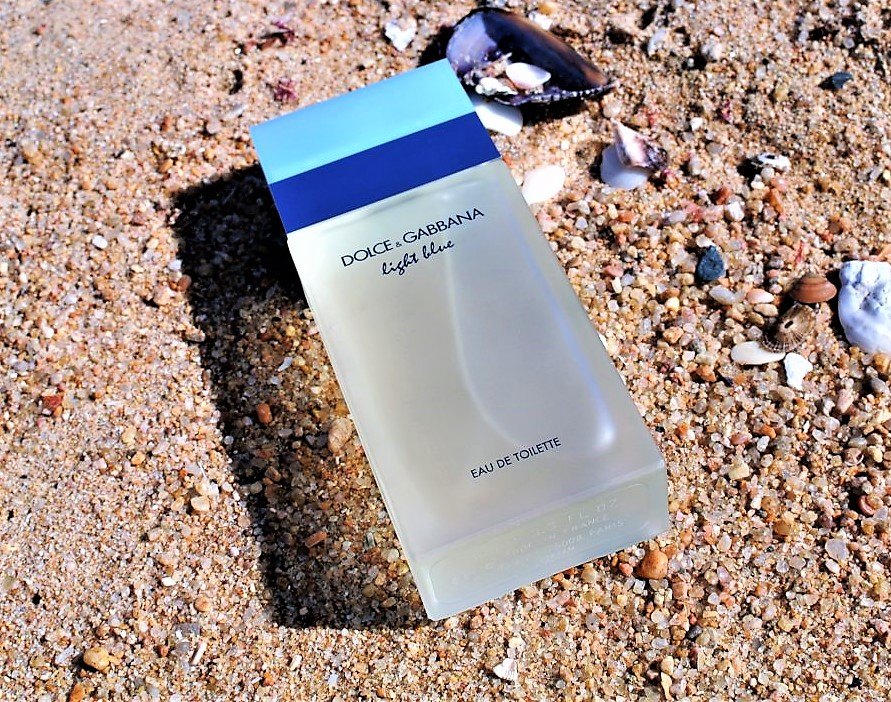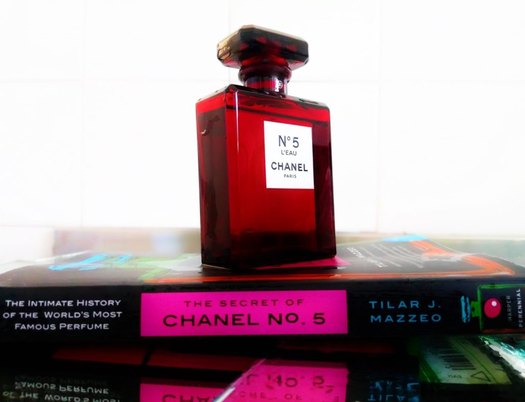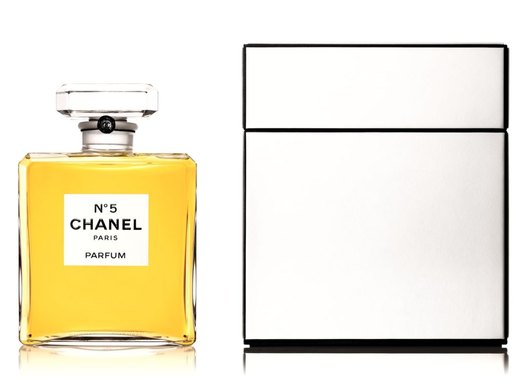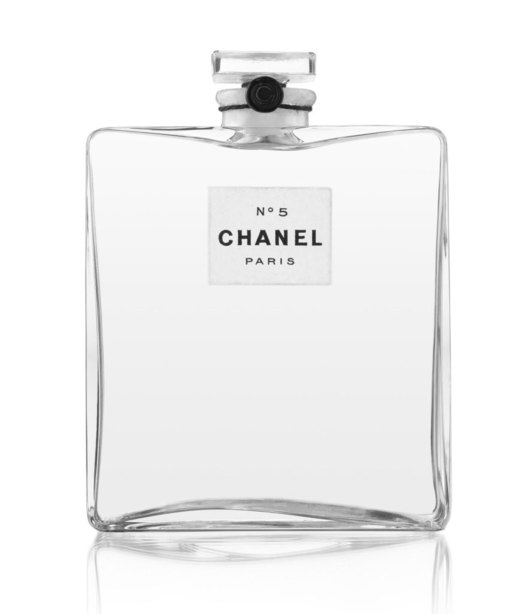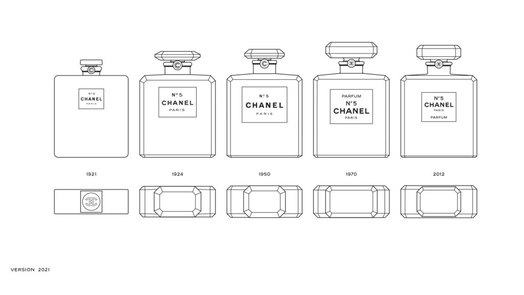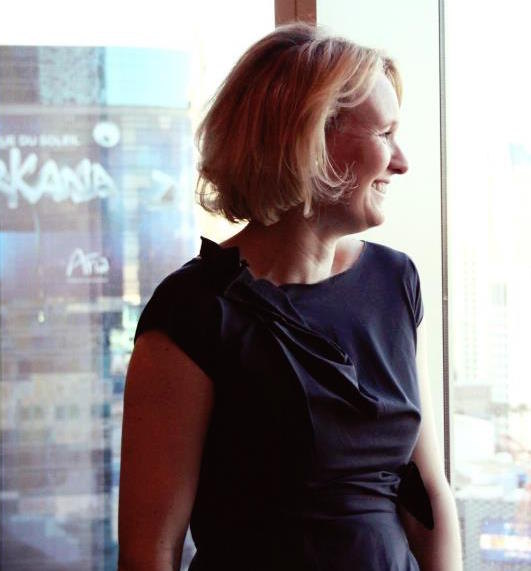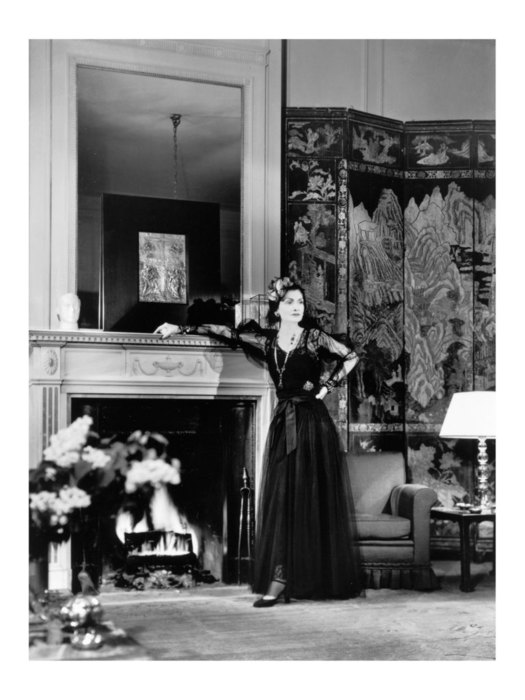Maurice Roucel called me last week. Shameless name-dropping aside, I’ve always wanted to say that. After all, how often does a living legend respond to a flurry of emails with a phone-call to set up a time for an interview a week later. I gush about this Maurice Roucel interview because, in his nearly five decades-long career, he’s the man behind fragrances such as:
- Rochas Tocade EDT (1994)
- Serge Lutens Iris Silver Mist EDP (1994)
- Hermès 24 Faubourg EDP (1995)
- Lalique Pour Homme EDP (1997)
- Gucci Envy EDT (1997)
- Rochas Man EDT (1999)
- Frédéric Malle Musc Ravageur EDP (2000)
- Bond No 9 New Haarlem EDP (2003)
- Guerlain L’Instant de Guerlain EDP (2003)
- Donna Karan DKNY Be Delicious EDP (2004)
- Lolita Lempicka L de Lolita Lempicka EDP (2006)
- Guerlain Insolence EDT (2006)
- Le Labo Labdanum 18 EDP (2006)
- Nautica Voyage EDT (2006)
- Amouage Reflection Woman EDP (2007)
- Lancôme Hypnôse Homme EDT (2007)
- Frédéric Malle Dans Tes Bras EDP (2008)
More recently, he has given niche brands such as Atkinsons, Cochine, Maison Rebatchi and Shalini his distinctive Gallic flair.
Maurice Roucel didn’t go the traditional route of perfume school. Starting at Chanel in 1973, where he worked with Henri Robert (creator of No 19 and Cristalle, pictured below), he taught himself the fundamentals of the profession. No doubt, his background as a chromatography chemist, with its techniques of separating a mixture into its individual components, gave him a technical edge.
His earliest fragrances included Henry M. Betrix Country EDT (1979) and Krizia K de Krizia (1981). In 1996, he joined the German fragrance and flavour company Symrise, which recognised him as a master perfumer – a rare accolade in the industry. Other achievements include the Prix François Coty (2002) and the Chevalier des Arts et des Lettres (2012).
When we get to chat properly, the Normandy-born, Paris-based perfumer is humorous, insightful and forthright. I try to find out what project he’s currently working on – rightly so, he insists it’s confidential. Instead, we talk about a wide range of subjects, including synthetics, ambers, keeping clients happy and approaching his latest career milestone.
Hope you enjoy reading this Maurice Roucel interview as much I did speaking with him.
You’re self-taught. How many years did it take before you knew the essentials?
[Laughs] I’m still learning. You always do in this business.
Musk seems to be one of your favourites. Why does it appeal so much to you?
Ah yes, I like musk, but I like to work with a lot of things. I don’t have a particular favourite.
“I like musk, but I like to work with a lot of things. I don’t have a particular favourite.”
While I must work to the ideas of client briefs, which are quite specific, personally I do enjoy something with the structure of musk, vanille [vanilla], ambery, sweet but not too sweet, comfortable. A little bit of the style, I would like to say, of Guerlain, Guerlinade [the house’s signature accord originally created by Aimé Guerlain in the late 19th century].
You mentioned amber. There’s a lot of confusion about it…
At the beginning, ambergris came from the sperm whale. Nowadays, it’s frankly impossible. With animalics increasingly forbidden, you have synthetics or bases – perhaps you’ve heard of Ambre 93 from de Laire, for example.
You have sweet amber and dry amber. The product Ambroxan is dry ambery. When you are looking at the perfumery of Guerlain, the famous Guerlinade, it could be seen as ambery, but nothing to do with the original amber [laughs].
Ambre 83 from de Laire tries to add something comfortable, reassuring, feminine, enveloping, that kind of stuff.
Perfumery relies on a mix of naturals and synthetics…
DKNY Be Delicious is totally synthetic.
And it’s great…
Yeah, it’s great, but it’s a question of the art of the perfumer to make something smell good.
How do you deal with the idea that “natural is best”?
It’s not the case. If you want to give the DNA of your perfume strong character, you need to use synthetics.

PERSONAL PERFUME: In this Maurice Roucel interview, the perfumer reveals that Maison Rebatchi Musc Panache was initially created for himself. IMAGE: Maison Rebatchi.
You’ve created more than 150 perfumes in your career. Have you ever struggled with self-doubt or to come up with ideas or inspiration?
Maybe, I don’t know, I never count them.
Sometimes it’s difficult to find the right idea, for sure. But when you have it and it’s pleasing the client, we can work it for creating properly. Sometimes you can create something in one afternoon, as they say, sometimes it can take five to six years.
Hermès 24 Faubourg is one of my favourite creations of yours. It’s such a beautiful classic…
You know, originally I was not a fan of orange flower absolute, not my cup of tea. I was thinking at that time, the brief from Hermès was to create something around the Mediterranean, the sea, the sun. For me, Mediterranean countries mean orange flower, so that’s why I chose to work with it.
“It took four to five years to create the perfume. The people from Hermès are quite picky.”
And it took four to five years to create the perfume. The people from Hermès are quite picky. They are very demanding [chuckles]. When you have the scarves, the leather, everything is absolutely gorgeous, focused and very high quality.
Let’s talk about one of your more recent creations, Maison Rebatchi Musc Panache EDP [2019] which, coincidentally, I’ve just received from the company. Love its soft powderiness…
Originally, it was a perfume I created for myself. These ideas can then be proposed to a client and if they like it, they can then take it [laughs].

PERSONAL PERFUME: In this Maurice Roucel interview, he reveals he initially created Maison Rebatchi Musc Panache for himself. IMAGE: Maison Rebatchi.
Do you have lots of these ideas waiting to be realised?
For example, you know, when I was, not so far from you really [I’m in Johannesburg, South Africa], in Réunion Island, I never smelled anything so beautiful in my life as the tiaré. So I was inspired and that became L’Instant de Guerlain.
Is that how you find inspiration often? By travelling?
Inspiration can come from everywhere. Like with DKNY Be Delicious, I thought why not an apple, but an apple in my style. I like to add something different.
Are there certain compromises you’re not willing to make when working with a client?
Pleasing the client, that’s okay. But I’m always in control of my formulas, trying to please my client – and myself.
Going back to fruity fragrances, I discovered one of your less well-known creations from 2008, Adidas Natural Vitality EDT, on Fragrantica.
Which one? Is it me? Sorry, I don’t remember all my perfumes.
You’re heading for 50 years in the industry in 2023. What’s been the biggest change in that time?
Yes, it’s a long life, a big part of my life.
When I started there were 20 to 30 maximum new perfumes on the market every year. Nowadays it’s 3 000 [laughs]. Everybody wants to launch a perfume.
To have a success, you need to move to the big trend. When Mugler Angel was launched [in 1992] it was not appreciated at all for its innovation. Three years later, a lot of people were making the sister, the nephew, the mother, the grandmother of Angel.
“A lot of perfumes don’t have strong inspiration. They do not stay in the memory as they have nothing specific.”
Meaning that a lot of perfumes don’t have strong inspiration. Investment in them is not in their quality but more the communication and publicity and so on.
You have a lot of perfumes on the market for one year, two years maximum. They do not stay in the memory as they have nothing specific.
Niche has some kind of answer to the desire of the client for something peculiar.
What one thing would you like to see change in the industry?
A partnership with the client. And not everyone trying to win the brief. For winning you need to be commercial, which is a pity for creativity.
But when you are working with somebody like Frédéric Malle, some companies like Chanel, Guerlain, you can find people in front of you who have a sense of perfumery at the right level.
All images for this Maurice Roucel interview my own, unless stated otherwise.
